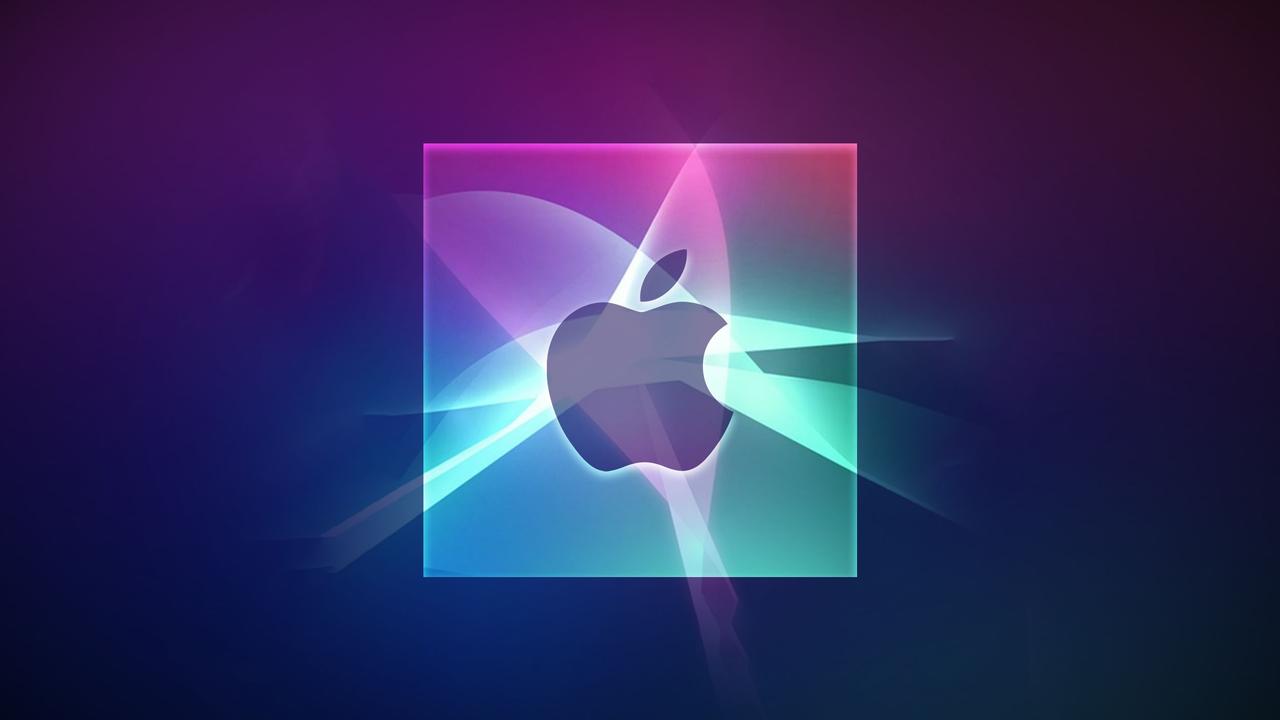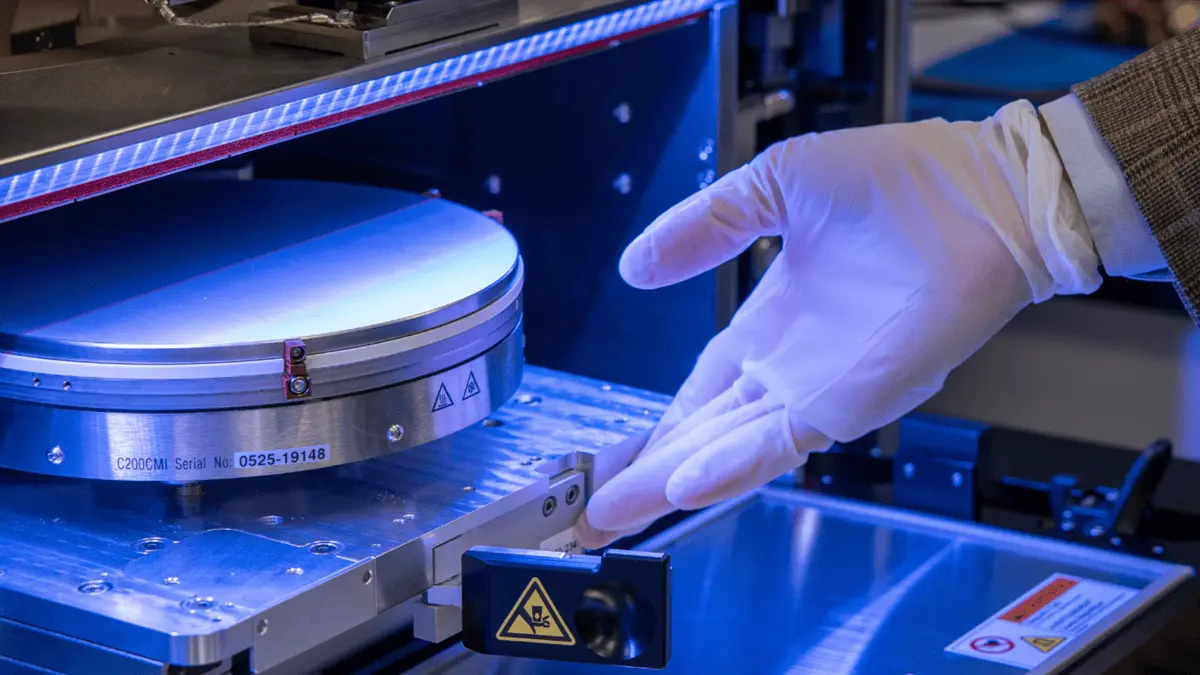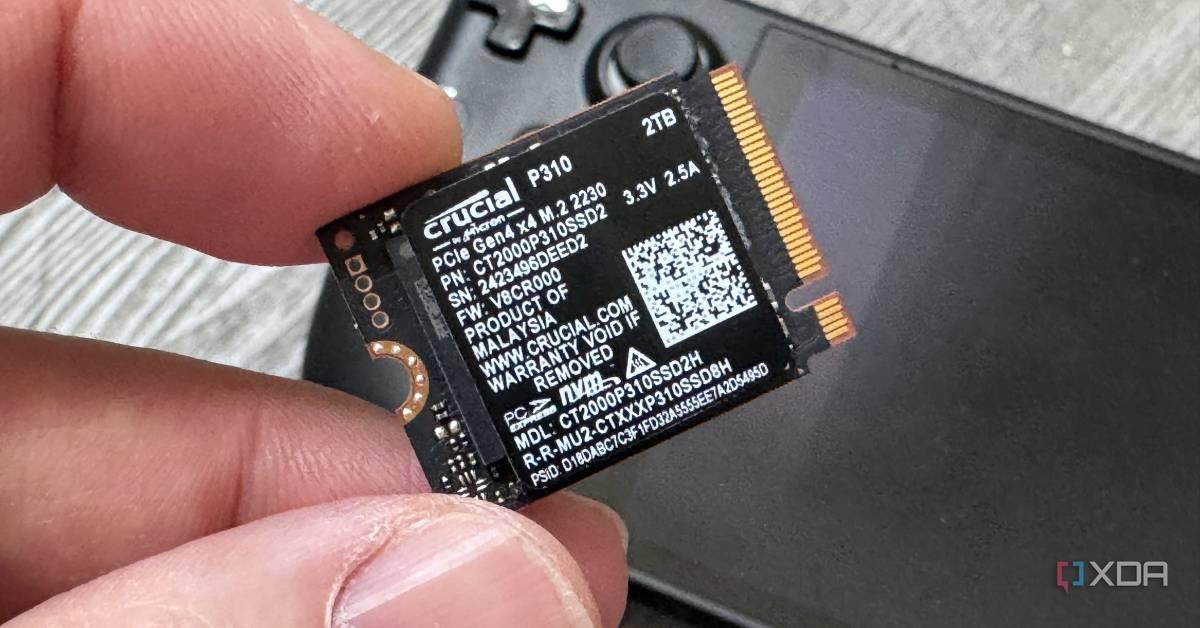AI-Enhanced Radar Technology Revolutionizes Non-Contact Health Monitoring
2 Sources
2 Sources
[1]
AI is giving a boost to efforts to monitor health via radar
If you wanted to check someone's pulse from across the room, for example to remotely monitor an elderly relative, how could you do it? You might think it's impossible, because common health-monitoring devices such as fingertip pulse oximeters and smartwatches have to be in contact with the body. However, researchers are developing technologies that can monitor a person's vital signs at a distance. One of those technologies is radar. We are electrical engineers who study radar systems. We have combined advances in radar technology and artificial intelligence to reliably monitor breathing and heart rate without contacting the body. Noncontact health monitoring has the potential to be more comfortable and easier to use than traditional methods, particularly for people looking to monitor their vital signs at home. How radar works Radar is commonly known for measuring the speed of cars, making weather forecasts and detecting obstacles at sea and in the air. It works by sending out electromagnetic waves that travel at the speed of light, waiting for them to bounce off objects in their path, and sensing them when they return to the device. Radar can tell how far away things are, how fast they're moving, and even their shape by analyzing the properties of the reflected waves. Radar can also be used to monitor vital signs such as breathing and heart rate. Each breath or heartbeat causes your chest to move ever so slightly - movement that's hard for people to see or feel. However, today's radars are sensitive enough to detect these tiny movements, even from across a room. Advantages of radar There are other technologies that can be used to measure health remotely. Camera-based techniques can use infrared light to monitor changes in the surface of the skin in the same manner as pulse oximeters, revealing information about your heart's activity. Computer vision systems can also monitor breathing and other activities, such as sleep, and they can detect when someone falls. However, cameras often fail in cases where the body is obstructed by blankets or clothes, or when lighting is inadequate. There are also concerns that different skin tones reflect infrared light differently, causing inaccurate readings for people with darker skin. Additionally, depending on high-resolution cameras for long-term health monitoring brings up serious concerns about patient privacy. Radar, on the other hand, solves many of these problems. The wavelengths of the transmitted waves are much longer than those of visible or infrared light, allowing the waves to pass through blankets, clothing and even walls. The measurements aren't affected by lighting or skin tone, making them more reliable in different conditions. Radar imagery is also extremely low resolution - think old Game Boy graphics versus a modern 4K TV - so it doesn't capture enough detail to be used to identify someone, but it can still monitor important activities. While it does project energy, the amount does not pose a health hazard. The health-monitoring radars operate at frequencies and power levels similar to the phone in your pocket. Radar + AI Radar is powerful, but it has a big challenge: It picks up everything that moves. Since it can detect tiny chest movements from the heart beating, it also picks up larger movements from the head, limbs or other people nearby. This makes it difficult for traditional processing techniques to extract vital signs clearly. To address this problem we created a kind of "brain" to make the radar smarter. This brain, which we named mm-MuRe, is a neural network - a type of artificial intelligence - that learns directly from raw radar signals and estimates chest movements. This approach is called end-to-end learning. It means that, unlike other radar plus AI techniques, the network figures out on its own how to ignore the noise and focus only on the important signals. We found that this AI enhancement not only gives more accurate results, it also works faster than traditional methods. It handles multiple people at once, for example an elderly couple, and adapts to new situations, even those it didn't see during training - such as when people are sitting at different heights, riding in a car or standing close together. Implications for health care Reliable remote health monitoring using radar and AI could be a major boon for health care. With no need to touch the patient's skin, risks of rashes, contamination and discomfort could be greatly reduced. It's especially helpful in long-term care, where reducing wires and devices can make life significantly easier for patients and caregivers. Imagine a nursing home where radar quietly watches over residents, alerting caregivers immediately if someone has breathing trouble, falls or needs help. It can be implemented as a home system that checks your breathing while you sleep - no wearables required. Doctors could even use radar to remotely monitor patients recovering from surgery or illness. This technology is moving quickly toward real-world use. In the future, checking your health could be as simple as walking into a room, with invisible waves and smart AI working silently to take your vital signs.
[2]
AI is giving a boost to efforts to monitor health via radar
If you wanted to check someone's pulse from across the room, for example to remotely monitor an elderly relative, how could you do it? You might think it's impossible, because common health-monitoring devices such as fingertip pulse oximeters and smartwatches have to be in contact with the body. However, researchers are developing technologies that can monitor a person's vital signs at a distance. One of those technologies is radar. We are electrical engineers who study radar systems. We have combined advances in radar technology and artificial intelligence to reliably monitor breathing and heart rate without contacting the body. Noncontact health monitoring has the potential to be more comfortable and easier to use than traditional methods, particularly for people looking to monitor their vital signs at home. How radar works Radar is commonly known for measuring the speed of cars, making weather forecasts and detecting obstacles at sea and in the air. It works by sending out electromagnetic waves that travel at the speed of light, waiting for them to bounce off objects in their path, and sensing them when they return to the device. Radar can tell how far away things are, how fast they're moving, and even their shape by analyzing the properties of the reflected waves. Radar can also be used to monitor vital signs such as breathing and heart rate. Each breath or heartbeat causes your chest to move ever so slightly -- movement that's hard for people to see or feel. However, today's radars are sensitive enough to detect these tiny movements, even from across a room. Advantages of radar There are other technologies that can be used to measure health remotely. Camera-based techniques can use infrared light to monitor changes in the surface of the skin in the same manner as pulse oximeters, revealing information about your heart's activity. Computer vision systems can also monitor breathing and other activities, such as sleep, and they can detect when someone falls. However, cameras often fail in cases where the body is obstructed by blankets or clothes, or when lighting is inadequate. There are also concerns that different skin tones reflect infrared light differently, causing inaccurate readings for people with darker skin. Additionally, depending on high-resolution cameras for long-term health monitoring brings up serious concerns about patient privacy. Radar, on the other hand, solves many of these problems. The wavelengths of the transmitted waves are much longer than those of visible or infrared light, allowing the waves to pass through blankets, clothing and even walls. The measurements aren't affected by lighting or skin tone, making them more reliable in different conditions. Radar imagery is also extremely low resolution -- think old Game Boy graphics versus a modern 4K TV -- so it doesn't capture enough detail to be used to identify someone, but it can still monitor important activities. While it does project energy, the amount does not pose a health hazard. The health-monitoring radars operate at frequencies and power levels similar to the phone in your pocket. Radar + AI Radar is powerful, but it has a big challenge: It picks up everything that moves. Since it can detect tiny chest movements from the heart beating, it also picks up larger movements from the head, limbs or other people nearby. This makes it difficult for traditional processing techniques to extract vital signs clearly. To address this problem, we created a kind of "brain" to make the radar smarter. This brain, which we named mm-MuRe, is a neural network -- a type of artificial intelligence -- that learns directly from raw radar signals and estimates chest movements. This approach is called end-to-end learning. It means that, unlike other radar plus AI techniques, the network figures out on its own how to ignore the noise and focus only on the important signals. We found that this AI enhancement not only gives more accurate results, it also works faster than traditional methods. It handles multiple people at once, for example an elderly couple, and adapts to new situations, even those it didn't see during training -- such as when people are sitting at different heights, riding in a car or standing close together. Implications for health care Reliable remote health monitoring using radar and AI could be a major boon for health care. With no need to touch the patient's skin, risks of rashes, contamination and discomfort could be greatly reduced. It's especially helpful in long-term care, where reducing wires and devices can make life significantly easier for patients and caregivers. Imagine a nursing home where radar quietly watches over residents, alerting caregivers immediately if someone has breathing trouble, falls or needs help. It can be implemented as a home system that checks your breathing while you sleep -- no wearables required. Doctors could even use radar to remotely monitor patients recovering from surgery or illness. This technology is moving quickly toward real-world use. In the future, checking your health could be as simple as walking into a room, with invisible waves and smart AI working silently to take your vital signs.
Share
Share
Copy Link
Researchers have developed an AI-powered radar system that can monitor vital signs without physical contact, potentially transforming healthcare and remote patient monitoring.

AI and Radar Combine for Revolutionary Health Monitoring
Electrical engineers have developed a groundbreaking technology that combines radar and artificial intelligence to monitor vital signs without physical contact. This innovation has the potential to transform healthcare, particularly for remote patient monitoring and long-term care
1
2
.How Radar-Based Health Monitoring Works
Radar technology, traditionally used for detecting speed and obstacles, is being repurposed for health monitoring. By emitting electromagnetic waves that bounce off objects, radar can detect minute chest movements caused by breathing and heartbeats. This allows for the measurement of vital signs from a distance, even through blankets, clothing, and walls
1
2
.Advantages Over Other Remote Monitoring Technologies
While camera-based systems using infrared light can monitor some health parameters, they face limitations such as obstruction by clothing, inadequate lighting, and potential inaccuracies due to different skin tones. Radar overcomes these challenges:
- It can penetrate obstacles like blankets and clothing
- It's not affected by lighting conditions or skin tone
- It maintains patient privacy due to low-resolution imagery
- It operates at safe frequency and power levels
1
2
Related Stories
The AI Enhancement: mm-MuRe
To address the challenge of radar picking up all movements, not just those related to vital signs, researchers developed an AI "brain" called mm-MuRe. This neural network uses end-to-end learning to process raw radar signals and estimate chest movements accurately
1
2
.Key features of mm-MuRe include:
- More accurate and faster results than traditional methods
- Ability to handle multiple people simultaneously
- Adaptation to new situations not seen during training
1
2
Implications for Healthcare
The combination of radar and AI for health monitoring offers several benefits:
- Reduced risk of rashes, contamination, and discomfort
- Improved long-term care with fewer wires and devices
- Potential for continuous monitoring in nursing homes
- Home-based sleep monitoring without wearables
- Remote post-surgery or illness monitoring by doctors
1
2
As this technology progresses towards real-world applications, it could revolutionize how we approach health monitoring, making it as simple as walking into a room equipped with this intelligent radar system
1
2
.References
Summarized by
Navi
[1]
[2]
Related Stories
AI-Powered Video Analysis Shows Promise for Non-Invasive Blood Pressure and Diabetes Screening
26 Nov 2024•Health

AI-Enabled Stethoscope Revolutionizes Heart Condition Detection in Seconds
30 Aug 2025•Health

Apple's New AI Model Revolutionizes Health Predictions Using Apple Watch Behavioral Data
12 Jul 2025•Technology

Recent Highlights
1
OpenAI releases GPT-5.2 AI model after code red memo targets Google's Gemini 3 threat
Technology

2
Disney invests $1 billion in OpenAI, licenses 200+ characters for Sora AI video generator
Technology

3
OpenAI faces wrongful death lawsuit after ChatGPT allegedly fueled murder-suicide tragedy
Policy and Regulation




